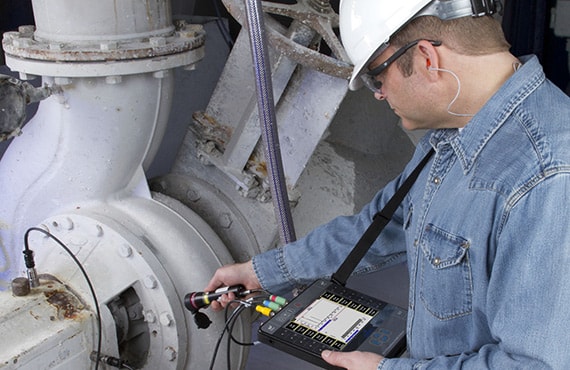ASTM F963 – Toy Safety Impact Test
The ASTM F963-17 Standard Specification for Consumer Safety Performance of Toys is a critical document that establishes the minimum safety requirements for toys and similar products intended for use by children. The impact test, specifically referenced in this standard as Section 18.5.4, evaluates the resistance of toy parts to impact loading under conditions simulating potential play scenarios.
This section covers the mechanical properties and durability of various components such as wheels, axles, and other moving parts that could come into contact with a child’s body or be used in rough play situations. The test aims to ensure these elements do not detach easily or break apart during normal use, thereby preventing potential injuries.
The procedure involves dropping a standardized weight onto the sample part from a specified height and measuring any resulting damage or deformation. Compliance with this requirement ensures toys meet regulatory standards worldwide, particularly those set by the Consumer Product Safety Commission (CPSC) in the United States and similar agencies abroad.
In practice, laboratories must adhere strictly to ASTM F963 guidelines when conducting these tests, ensuring accurate results that can be relied upon for certification purposes. It's important to note that while this test is primarily aimed at protecting young users, it also serves as a safeguard against liability concerns for manufacturers and distributors.
The process begins by selecting appropriate specimens based on the intended use of each toy. For instance, if the toy includes rotating wheels or axles, these would be subjected to impact testing. Specimens are then prepared according to specific dimensions outlined in ASTM F963. Following preparation, they undergo repeated drops from heights ranging between 150 mm and 200 mm depending on the type of component being tested.
The test setup consists of a calibrated pendulum or equivalent device capable of delivering consistent force impacts onto the sample at precise intervals. During each drop, engineers closely observe for signs of failure such as cracks, fractures, or significant deformation that might compromise safety during playtime.
After completing all required drops, inspectors thoroughly examine the samples for any defects indicative of insufficient strength or durability. Acceptance criteria vary slightly based on the material composition and design features but generally involve ensuring no hazardous materials are released upon impact nor do any pieces detach easily enough to pose choking hazards.
The results from these tests play a crucial role in demonstrating compliance with international regulations governing toy safety standards like those found within ASTM F963. By adhering meticulously to the procedures specified herein, manufacturers can confidently submit their products for third-party inspections and ultimately achieve successful certification.
Benefits
Compliance with ASTM F963 standards offers numerous advantages beyond mere regulatory adherence. Firstly, it enhances brand reputation by signaling commitment to consumer safety above all else, which is especially valuable in highly competitive markets where trust between brands and customers remains paramount.
Secondly, passing this stringent test can open doors to international markets where stricter regulations may apply. Many countries require proof of compliance before allowing imported goods into their borders. By meeting ASTM F963 requirements early on, companies position themselves favorably for expansion opportunities abroad.
Furthermore, successful completion demonstrates superior product quality and reliability, potentially increasing customer loyalty among existing clients while attracting new ones who value ethical manufacturing practices.
Quality and Reliability Assurance
The ASTM F963 impact test serves as an essential tool for ensuring the structural integrity of toy components. By consistently meeting this standard, manufacturers can develop products that withstand rigorous testing without compromising safety or performance.
Regularly performing these tests helps identify potential weaknesses early in the design process so corrective actions can be taken promptly. This proactive approach not only reduces recalls but also minimizes costly repairs once issues arise post-launch.
In addition, maintaining consistent quality across all batches of production becomes easier when leveraging standardized testing procedures like those defined by ASTM F963. Consistent outcomes contribute significantly to building a strong reputation for reliability and dependability within the industry.
Competitive Advantage and Market Impact
In today’s competitive marketplace, having robust safety protocols in place can give companies an edge over competitors who may not prioritize such measures. A company that demonstrates a strong commitment to toy safety through rigorous testing processes like ASTM F963 is more likely to gain favor with consumers, especially parents looking for peace of mind when purchasing gifts or educational tools.
Moreover, adhering strictly to these guidelines can help avoid costly penalties associated with non-compliance. Penalties imposed by regulatory bodies can severely impact profitability and brand image alike; thus, avoiding them altogether through careful planning and execution is advisable.
Achieving compliance also opens up new avenues for business growth, whether it's expanding into emerging markets or simply broadening the range of products offered under a single brand name. Demonstrating expertise in maintaining high standards adds value to both current offerings and future innovations alike.





